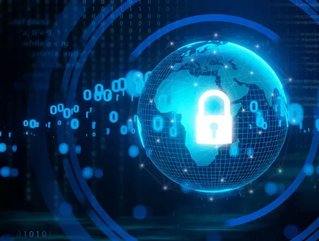
Cybersecurity is becoming increasingly significant due to the increased reliance on computer systems, the Internet and wireless network standards such as Bluetooth and Wi-Fi, and due to the growth of smart devices and the various devices that constitute the ‘Internet of things’.
Owing to its complexity, both in terms of politics and technology, cybersecurity is also one of the major challenges in the contemporary world. Where did it all begin? We take a look at the history of cybersecurity from inception to the present day.
1970s: ARAPNET and the Creeper
Cybersecurity began in the 1970s when researcher Bob Thomas created a computer programme called Creeper that could move across ARPANET’s network, leaving a breadcrumb trail wherever it went. Ray Tomlinson, the inventor of email, wrote the programme Reaper, which chased and deleted Creeper. Reaper was the very first example of antivirus software and the first self-replicating programme, making it the first-ever computer worm.
1980s: Birth of the commercial antivirus
1987 was the birth year of commercial antivirus although there were competing claims for the innovator of the first antivirus product. Andreas Lüning and Kai Figge released their first antivirus product for the Atari ST – which also saw the release of Ultimate Virus Killer in 1987. Three Czechoslovakians created the first version of the NOD antivirus in the same year and in the US, John McAfee founded McAfee and released VirusScan.
1990s: The world goes online
With the internet becoming available to the public, more people began putting their personal information online. Organised crime entities saw this as a potential source of revenue and started to steal data from people and governments via the web. By the middle of the 1990s, network security threats had increased exponentially and firewalls and antivirus programmes had to be produced on a mass basis to protect the public.
2000s: Threats diversify and multiply
In the early 2000s crime organisations started to heavily fund professional cyberattacks and governments began to clamp down on the criminality of hacking, giving much more serious sentences to those culpable. Information security continued to advance as the internet grew as well but, unfortunately, so did viruses.
2021: The next generation
The cybersecurity industry is continuing to grow at the speed of light. The global cybersecurity market size is forecast to grow to $345.4bn by 2026 according to Statista. Ransomware is one of the most common threats to any organisation's data security and is forecast to continue to increase.






